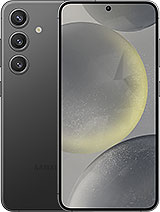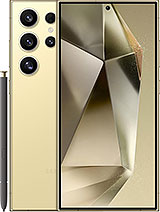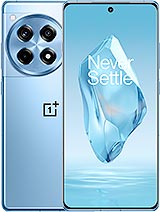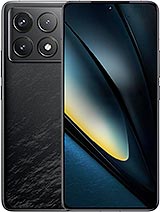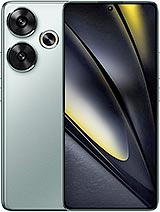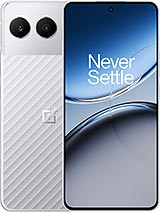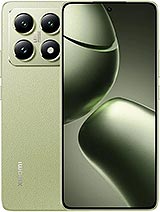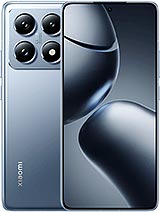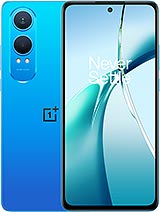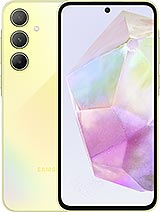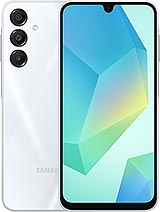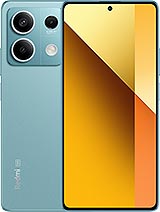There’s a whole week of sales ahead of us ending on December 2. We picked out the best smartphone offers from Amazon UK and tried to pair up similar models.
Like we saw last week, the Pixel 9 phones are £100 off. This week the deal is a bit better with an extra 10% off if you have an Amazon Prime Student subscription.
Still, the Google Pixel 9 Pro at £900 (£810 if you can get the extra 10% off) is quite pricey. But there aren’t too many small (or small-ish) flagships out there.
The Samsung Galaxy S24 is smaller with a similarly-sized screen (6.2”, 70.6mm wide, 167g vs. 6.3”, 72.0mm and 199g for the Pixel). It has a faster Exynos 2400 chipset, but only half the RAM. Both the Pixel and the Galaxy will be supported for 7 years.
Increasing the screen size we get to the Google Pixel 9 Pro XL, which also has a bigger battery than the 9 Pro. That said, both use the same chipset and the same 50+48+48MP camera hardware.
The Samsung Galaxy S24 Ultra has a much better camera than its vanilla sibling with a 200MP main, 50MP 111mm periscope (vs. 48MP 113mm on the Pixel), an additional 10MP 67MP mid-range tele camera and a 12MP ultra wide. For a detailed comparison, read our Galaxy S24 Ultra vs. Pixel 9 Pro XL post. And note that the S24 Ultra uses the Snapdragon 8 Gen 3 chipset in the UK (in all regions, really).
We will quickly go over some foldables, both £300 off. The Google Pixel 9 Pro Fold can also get an additional 10% discount with Prime Student. The Tensor G4 is no speed demon, but the 6.3” 20:9 cover display and 8.0” inner display are great and let you pick a level of multitasking that’s suitable to the occasion.
The Motorola Razr 50 Ultra has a 6.9” 165Hz inner display (FHD+) and a roomy 4” cover display. With both foldables, you can get a lot done without even opening the phone. The Razr has a 50MP main camera and a 50MP 2x portrait module, but no ultra wide.
The 13R will likely be announced soon, so this should be the last hurrah for the OnePlus 12R. Still, £450 is a great price for a Snapdragon 8 Gen 2 phone with a 6.78” LTPO display. Or is it?
The Poco F6 Pro gets you that same Snapdragon 8 Gen 2 at £400 (with a bit less RAM but with more storage). The 6.67” OLED display isn’t an LTPO panel, but it has a higher resolution (1,440 x 3,200px vs. 1,264 x 2,780px). Neither phone has great water resistance with an IP54 rating for the Poco and IP64 for the OnePlus.
The Poco F6 also brings flagship-grade performance at an even lower price – the Snapdragon 8s Gen 3 powered phone is £300. Although we’d go for the version with 12GB of RAM and 512GB storage, which is just a £30 upgrade.
The OnePlus Nord 4 has that cool aluminium unibody exterior, but you pay extra for it. Qualcomm’s naming scheme can be confusing, so we’ll note that the Snapdragon 7+ Gen 3 is actually a bit faster than the 8s Gen 3. The Nord has slightly better water resistance (IP65) and a bigger battery (5,500mAh vs. 5,000mAh). And it will get 4 OS updates, compared to the 3 updates that Xiaomi is promising. Still, these two are quite similar.
The Xiaomi 14T and 14T Pro share a lot of their hardware, but the Pro has a faster chipset (Dimensity 9300+ vs. Dimensity 8300 Ultra), a better camera and faster charging (120W vs. 67W, both with 5,000mAh batteries). You can check out our detailed head-to-head comparison if you need helping picking the right 14T model.
We also wanted to look at the OnePlus 12, also likely having its last days in the sun. It features the Snapdragon 8 Gen 2 chipset and a sharper 1440p+ 6.82” LTPO display. However, its water resistance is lacking (IP65 vs. IP68 on the 14T duo. The OnePlus has a better ultra wide camera (48MP 14mm vs. 12MP 15mm), but the 14T Pro doesn’t fall far behind overall.
The OnePlus Nord CE4 Lite is a 5G phone just over the £200 mark. It is powered by the old Snapdragon 695 and has a 6.67” 120Hz OLED display (FHD+ resolution). The 50MP camera on the back is alone.
The Samsung Galaxy A35 is a bit pricier, but it does come with a free Galaxy Fit3 smart band. And it has the better Exynos 1380 chipset, plus a higher dust and water resistance rating (IP67 vs. IP54). Its 50MP camera is joined by an 8MP ultra wide. The Nord is miles ahead in terms of charging – 80W for its 5,110mAh battery, compared to just 25W for the 5,000mAh battery in the Samsung.
You can have a 5G phone for less than £200, as evidenced by the final trio. The Samsung Galaxy A16 5G will receive 6 years of support and is powered by the Exynos 1330 chipset. It has a 50MP main and a 5MP ultra wide camera, which places it in the middle of the pack.
The CMF Phone 1 costs the same as the A35, but will only receive 2 OS updates. Its Dimensity 7300 chipset trades blows with the Exynos, but neither comes out on top. This one has a 50MP main camera, but no ultra wide.
The Redmi Note 13 5G has the weakest chipset of the trio (Dimensity 6080) while being the most expensive. Just by £20 and that extra budget goes towards a 108MP main camera and an 8MP ultra wide. The Redmi will receive 3 OS updates, but it started life on Android 13 (the other two came with Android 14).
All three phones have FHD+ OLED displays around 6.7” in size, the Samsung runs its display at 90Hz, the other two at 120Hz. All three have basic dust and water resistance rating, though the CMF isn’t officially certified. The batteries are quite close too – 5,000mAh capacity on all three, 33W charging for the Redmi and CMF, 25W for the Samsung (no wireless on any of them).
We may get a commission from qualifying sales.


